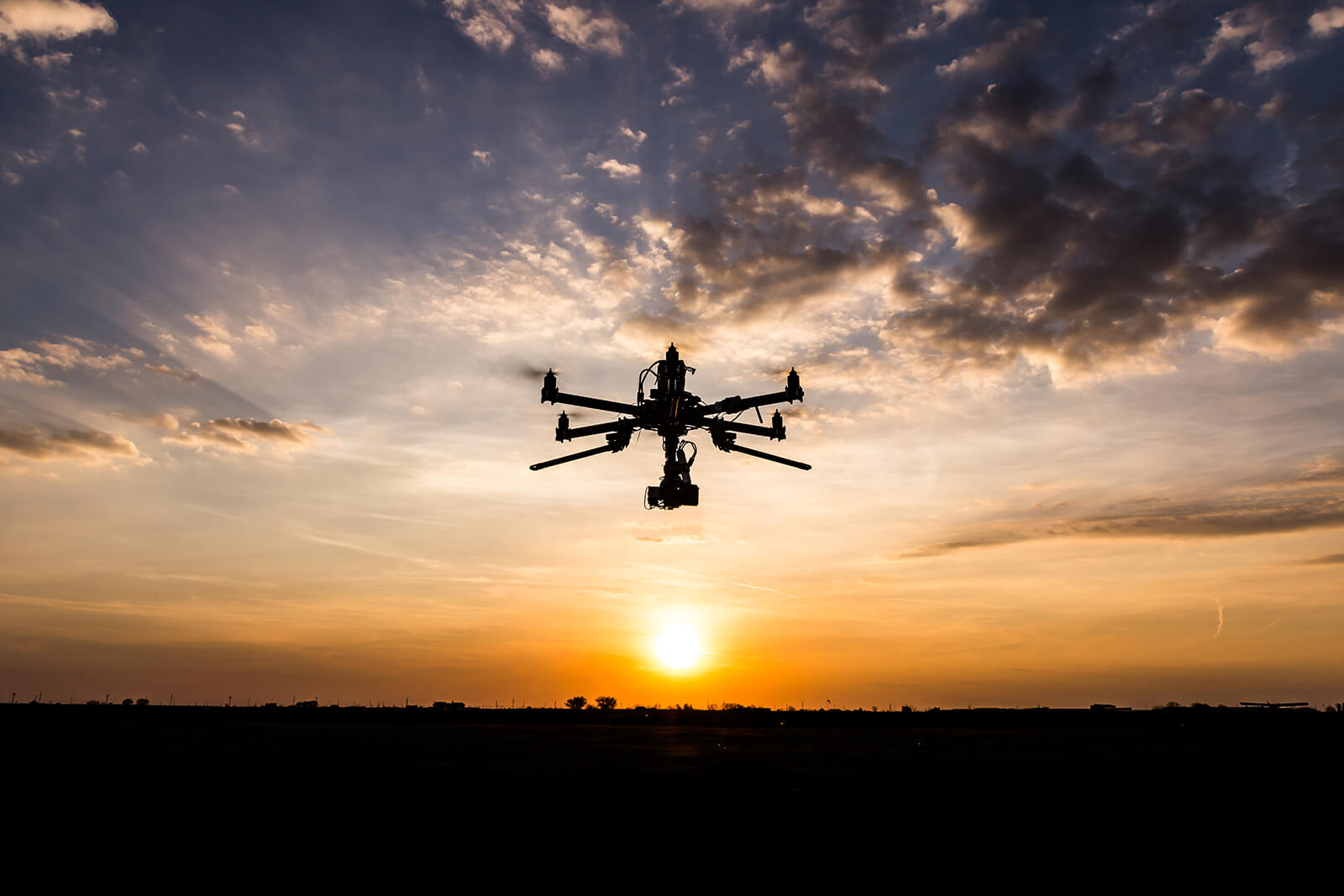Coming your way soon: a new wave of air transport

Much like ride sharing, the integration of unmanned aircraft systems (UAS) will soon transform from how business is conducted to how we travel. It’s inevitable that drones will soon be part of our daily lives, but how will we enable drone services without compromising the safety and security of people on the ground, and in the air operating in close proximity?
There are many players to this game, from governments, to government entities such as NASA, to drone marketers such as AirMap, Google and Amazon – and all agree that drones will be a vital part of commercial and public safety missions, but how drone integration will happen from a policy and regulatory approach is less clear. There are many approaches—the challenge will be, “which of them will be adopted”?
“We are living in exciting times. Aviation has traditionally been an industry that is risk adverse and innovation comes slowly and cautiously,” explains Frank Matus.
“We have Air Navigation Service Provider (ANSP) customers around the globe who are looking to us to help them devise an approach to safely integrate unmanned aircraft into controlled airspace deploying what industry has named UAS Traffic Management, or UTM, and leveraging the advances occurring through digital transformation. Our priority is to ensure that by embracing innovation, we don’t compromise the safety of traditional manned-aviation operations.”
For example, the platforms’ algorithms predict air space utilization, as well as help airlines and ANSPs reduce the impact of convective weather enroute and capacity constraints on airports. With Thales’s UTM application, TopSky - UAS Airspace Manager, these same algorithms have been tailored for low-altitude integration – the airspace in which drones, or Unmanned Aircraft Vehicles, operate. A flexible, cloud-hosted solution, TopSky - UAS Airspace Manager uses the latest cyber security tools for personal identification management and dynamic planning capabilities for low-altitude operations.

Frank Matus explains, “Air traffic management of manned and unmanned vehicles is truly an ecosystem. When we developed the TopSky - UAS Airspace Manager platform, we knew that aviation needed increased automation – and our objective was to increase predictability for manned aviation. We now know that TopSky - UAS Airspace Manager is a solution that will help address the challenges of UAS integration, as well. Advancements in algorithms to integrate digital data from multiple sources, aggregate it and turn it into information to streamline air traffic operations is transforming our industry. Digital transformation in aviation is not only a reality, it’s a necessity.”